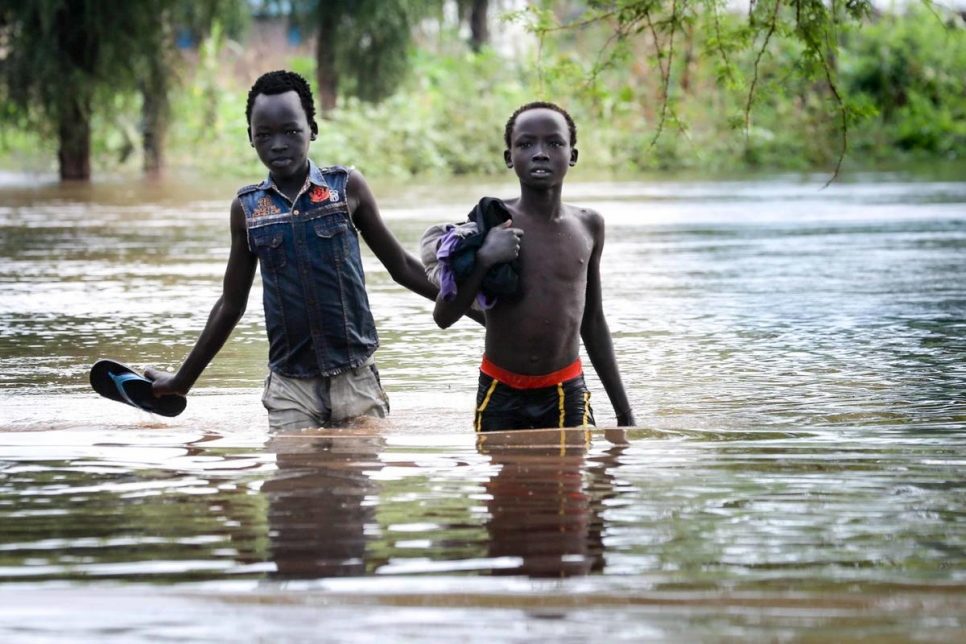OF THE
TIMES
I've had enough of someone else's propaganda. I'm for truth, no matter who tells it. I'm for justice, no matter who it's for or against. I'm a human being first and foremost, and as such I am for whoever and whatever benefits humanity as a whole.
Yuval and Klaus are characters playing a role. If you read Klaus's works you will see there's nothing there but a nonsense word salad. You're...
A tempest in a teapot. Who cares ? But hey, it's the NYP ...
Surely nanny states are not the way. But hey, here we are: Name a country that does not have this in some form or another.
'They Are The Dark; We Are the Light' The more we know, the closer we are to the end of tyranny by ELIZABETH NICKSON APR 28, 2024 [Link] . "This...
Both should be fired, but Jean-Pierre definitely. She is arrogant , ill-informed , and rude to reporters.
To submit an article for publication, see our Submission Guidelines
Reader comments do not necessarily reflect the views of the volunteers, editors, and directors of SOTT.net or the Quantum Future Group.
Some icons on this site were created by: Afterglow, Aha-Soft, AntialiasFactory, artdesigner.lv, Artura, DailyOverview, Everaldo, GraphicsFuel, IconFactory, Iconka, IconShock, Icons-Land, i-love-icons, KDE-look.org, Klukeart, mugenb16, Map Icons Collection, PetshopBoxStudio, VisualPharm, wbeiruti, WebIconset
Powered by PikaJS 🐁 and In·Site
Original content © 2002-2024 by Sott.net/Signs of the Times. See: FAIR USE NOTICE

Reader Comments
Oil is at the source of the separation of South Sudan from Sudan. Probably why the UN gave support the split. The separation agreement calls for 50/50 split in revenues even tho all the oil is in South Sudan. You can see the problem. The majority of the debt accumulated is owed to private vulture firms. Starvation has been a problem, as well as almost constant civil war. As a result, there is a high population of young people which does not bode well for a future without war.